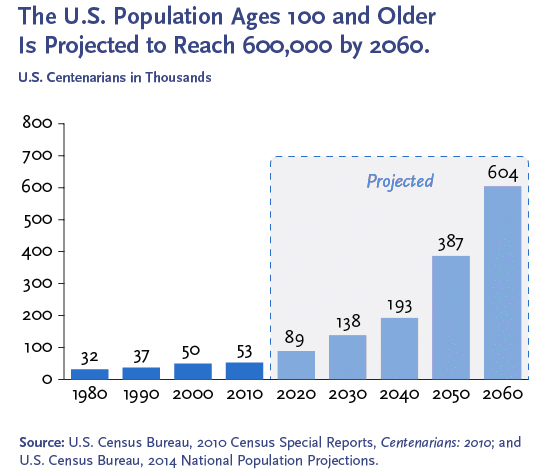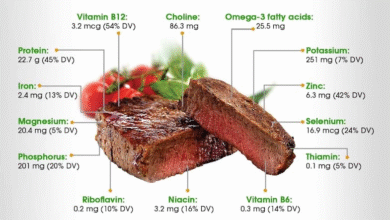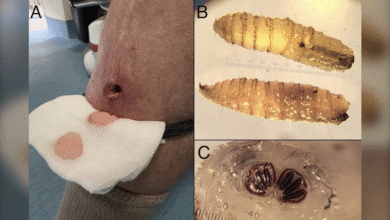Longevity Research: Revealing Secrets from Blue Zones

Longevity research is at the forefront of understanding how certain populations thrive well into their 100s, particularly those residing in the famed “blue zones.” These unique regions have been studied extensively to unveil the secrets behind their citizens’ prolonged lifespan and enhanced healthspan. The advent of innovative tools, like the Health Octo Tool, has revolutionized this area by allowing scientists to assess biological age using various aging metrics. Instead of merely tracking individual diseases, this tool offers a holistic view of health, potentially predicting future disabilities and mortality based on a person’s overall wellness. As researchers delve deeper into the biology of aging, they continue to uncover pivotal insights that challenge our traditional views of health, making longevity research an exciting and dynamic field.
Exploring the science of aging, often referred to as longevity science, provides essential insights into how we understand the biological processes that enable some individuals to live remarkably long and healthy lives. With significant focus on distinguishing factors among different demographic groups and environmental contexts, this field aims to identify best practices to extend not just lifespan but healthspan as well. Emphasizing a systems-based approach, scientists are utilizing advanced metrics and innovative tools to evaluate health over time, rather than merely treating diseases as they arise. By unfolding the intricacies of aging, researchers hope to empower individuals with actionable data, guiding lifestyle changes that promote better long-term health outcomes. This exploration ultimately strives to elucidate the connections between biological age, functional capabilities, and the elusive quest for prolonged vitality.
Unlocking the Secrets of Blue Zones for a Longer Life
The concept of “blue zones” refers to areas around the world where people tend to live significantly longer than average, often surpassing the age of 100. These unique regions, identified by longevity researcher Dan Buettner, include Okinawa in Japan, Sardinia in Italy, and Nicoya in Costa Rica. The common thread among these blue zones is a lifestyle that promotes both longevity and a healthy quality of life. In these areas, individuals prioritize physical activity, strong social connections, and balanced nutrition, which are essential for extending healthspan, the period during which one remains healthy and functional.
In addition to lifestyle choices, the environments in blue zones also play a critical role in promoting longevity. For instance, many blue zone inhabitants engage in daily gardening or walking, which keeps them physically active without the need for structured exercise. Social support systems are robust in these communities, helping individuals maintain mental health and prevent isolation as they age. By understanding the practices of blue zone residents, researchers continue to explore how these insights can be integrated into broader public health strategies aimed at increasing the longevity and health of populations.
Frequently Asked Questions
What are blue zones in longevity research?
Blue zones are regions of the world where people tend to live significantly longer and healthier lives, often reaching the age of 100 and beyond. Researchers in longevity studies like Dan Buettner have identified these areas and uncovered lifestyle and environmental factors that contribute to extended healthspan and overall well-being.
How does the Health Octo Tool influence longevity research?
The Health Octo Tool is a groundbreaking advancement in longevity research, developed at the University of Washington. It calculates biological age using vital metrics from individual health examinations, providing insights into a person’s aging process and predicting risks of disability and death, thus transforming how we understand healthspan.
What are the key aging metrics used in the Health Octo Tool?
The Health Octo Tool utilizes eight different aging metrics derived from physical examinations and blood work. These metrics assess overall wellness and biological age rather than focusing solely on specific diseases, offering a more comprehensive view of an individual’s health and aging trajectory.
How can aging metrics help predict health outcomes?
Aging metrics, such as those used in the Health Octo Tool, can predict outcomes like mobility, cognitive decline, and overall mortality with over 90% accuracy. This predictive capability allows individuals to understand their biological age and manage their health proactively, improving their healthspan and quality of life.
What is the significance of biological age in longevity research?
Biological age is a crucial concept in longevity research, as it reflects the physical condition and aging process of an individual rather than their chronological age. Understanding biological age through tools like the Health Octo Tool allows for targeted interventions that can potentially prolong healthspan and reduce the risk of age-related diseases.
How does the concept of health entropy relate to aging?
Health entropy refers to the extent of molecular and cellular damage accumulated over time, which impacts organ function and overall health. In longevity research, understanding health entropy helps researchers define aging metrics and develop tools, like the Health Octo Tool, that quantify biological age and predict health outcomes.
What is the potential impact of lifestyle changes on biological aging?
Lifestyle changes, such as adopting a healthier diet or regular exercise, can significantly impact biological aging. Researchers are developing apps that allow individuals to track their biological age and see how lifestyle changes influence their aging process, potentially extending their healthspan.
What role do biomarkers play in longevity research?
Biomarkers are indicators of biological processes and can provide insights into aging and overall health. In longevity research, identifying and understanding biomarkers helps scientists develop predictive tools, like the Health Octo Tool, which can assess a person’s biological age and help personalize health interventions.
How does the development of a digital app enhance longevity research?
The upcoming digital app linked to the Health Octo Tool will enable users to track their biological age and measure the impacts of lifestyle changes on their aging process. Such innovation could empower individuals to make informed decisions that enhance their healthspan.
What are the future directions of longevity research based on current findings?
Future directions in longevity research may include further refinement of biological aging tools, exploration of new biomarkers, and broader applications of findings from blue zones. Researchers aim to integrate technology to facilitate personalized health tracking and optimize interventions for extending both lifespan and healthspan.
| Key Points |
|---|
| Longevity research focuses on identifying factors leading to longer life, particularly in ‘blue zones’ where individuals live beyond 100 years. |
| Dan Buettner coined the term ‘blue zone’ and seeks to uncover the secrets of longevity in various parts of the world. |
| A new tool called the Health Octo Tool analyzes biological age using metrics from blood tests and physical examinations. |
| This tool predicts risks for disability, geriatric syndrome, and mortality with over 90% accuracy. |
| The Health Octo Tool emphasizes a comprehensive approach to health rather than focusing solely on individual diseases. |
| Researchers also discovered different aging rates in organ systems and developed a Bodily System-Specific Age metric. |
| A digital app is in development to help users track biological age, lifestyle changes, and their health impact. |
| Experts note the tool’s potential to empower individuals toward healthier habits and improved healthspan. |
Summary
Longevity research reveals vital insights into how we can extend our lifespan and maintain our quality of life as we age. Pioneering studies, like those centered on the Health Octo Tool, emphasize a holistic understanding of aging by assessing biological age rather than simply focusing on diseases. By tracking key health metrics and encouraging proactive health management, researchers aim to empower individuals to adopt healthier lifestyles. This innovative approach not only aims to enhance life expectancy but also to improve the healthspan, ensuring that individuals live actively and healthily for as long as possible.




